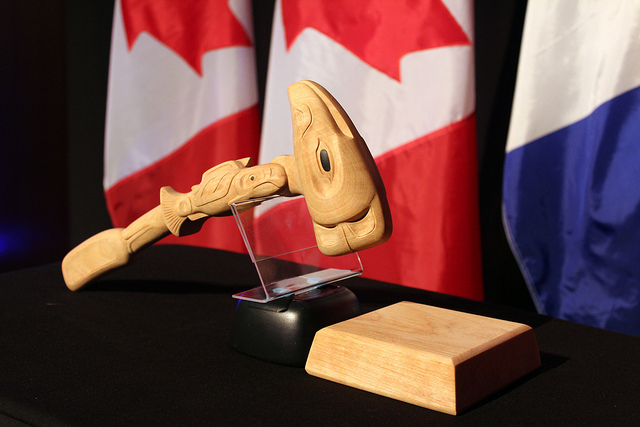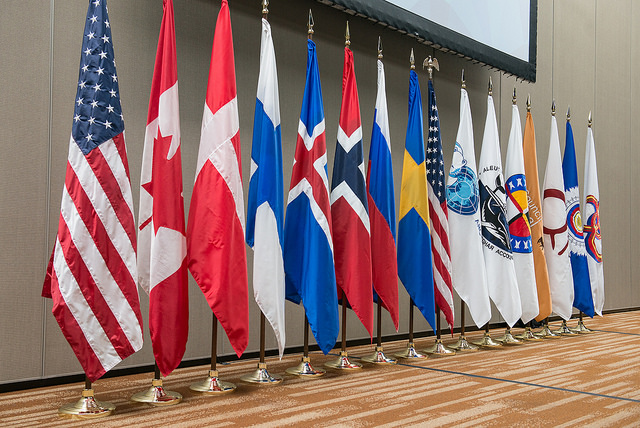
During the three-day meeting of the international Arctic Council that wrapped last week in Anchorage, officials made the most headway on an effort to mitigate the impacts of black carbon and methane in the Arctic. State Department deputy secretary David Balton chairs the Council’s most senior officials.
“These short-lived pollutants — black carbon and methane — cause particular climate-related problems in the Arctic,” he said.
Black carbon is particulate waste from fossil fuel combustion. Unsurprisingly, it’s black. So when it lands on snow and ice, it has a warming effect.
Surprisingly, the council’s observer states showed a strong interest in the problem — more than half submitted assessment reports of their own emissions. These are nations who do not border the Arctic, but the week’s meeting made it clear that some certainly want a stronger voice on the council.
“We did something, I believe, that has never been attempted in the history of the Arctic Council,” Balton said. “We spent a half-day with the observers at the table, hearing from them. A lot of them have been wanting to have greater engagement, greater input.”

The topics they were most interested in, Balton said, were the black carbon initiative and migratory bird fly-ways.
And speaking of bigger voices on the Council, where does Alaska fit in?
There are four voices on the Council that represent indigenous peoples of Alaska. But most of the delegates representing U.S. interests are on State Department payroll in Washington, D.C.
“The federal government recognizes that we are an Arctic nation because of Alaska,” Balton said. “And we wanted to be in partnership with the state and the people of Alaska in carrying out our chairmanship.”
Before the U.S. assumed chairmanship of the Arctic Council in April, David Balton and colleagues made several trips to Alaska — sort of like scouting trips — to hear from Alaskans on what interests they had for chairmanship.
The three key objectives the U.S. decided to focus on during its Council chairmanship are improving the well-being of Arctic communities, bolstering marine stewardship in the Arctic Ocean, and addressing the impacts of climate change.
That’s a tall order.
“Everything still needs to be worked on,” Balton said. “This is a two-year process. We’re still in the early stages of it.”
Other notable outcomes of the meeting were:
- An Arctic Council working group published the first set of guidelines for unmanned aircraft use in scientific research over the Arctic Ocean.
- Two new task forces are tackling telecommunications development and marine cooperation in the Arctic.
- The U.S., on behalf of the Arctic, will submit the joint statement signed at the GLACIER conference to the Paris climate talks later in the year.
The council reconvenes in six months in Fairbanks.
